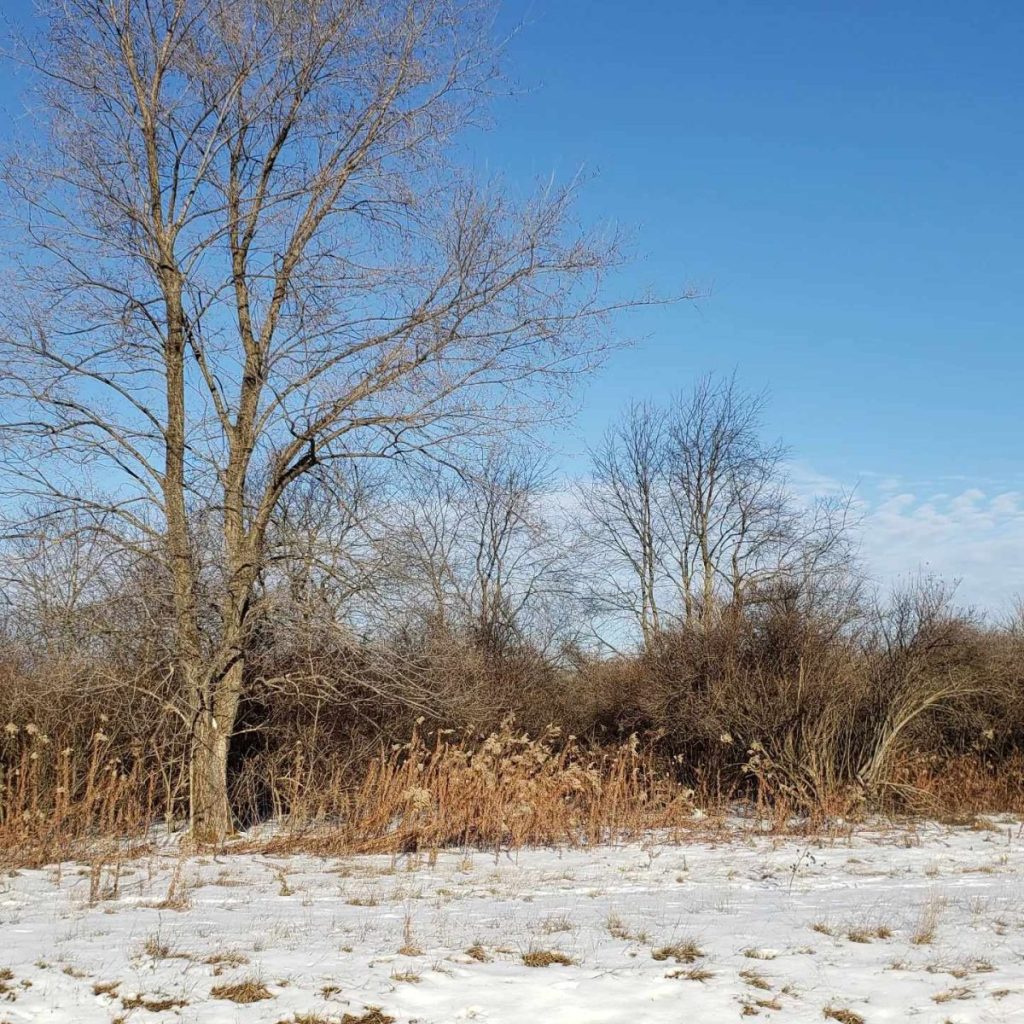
By Carmen P. Bilén
Over the Covid-19 pandemic, northern-residing Americans flocked to southern and southwest states like Florida, Texas and Arizona. While these states may offer more consistent sunshine and warm weather, these destination states are also frequently plagued by devastating and costly weather-related disasters like hurricanes, tornadoes and wildfires. Why move to one of these locations when you could live well in the Alleghenies?
The Alleghenies — encompassing the counties of Bedford, Blair, Centre, Cambria, Fulton, Huntingdon, Juniata, Mifflin, and Somerset — is home to more than 530,000 people spread over roughly 6,000 square miles of south-central Pennsylvania. The region is rich in wild natural beauty, with year-round outdoor recreational opportunities afforded by its four distinct seasons; from exploring state parks in the spring and summer to leaf-peeping in the fall to skiing in the winter, there’s always lots to do and enjoy. Given its low population density, relative affordability and temperate climate, the Alleghenies offers a great quality of life for both current and prospective residents.
Room to breathe
Do you like wide open spaces and natural vistas? Do you dream of a large property without many neighbors?
The Alleghenies may be your ideal place. Relatively speaking, the region is sparsely populated, with an average population density across the region of about 89 people per square mile. Even the most densely populated counties of Cambria and Centre have only 191 and 147 people per square mile, respectively. Compare these figures with the popular destination of Hillsborough County, FL, which is similar in size to Centre County at 1,051 square miles but has a population density of 1,499 people per square mile, or Pasco County, FL, similar in size to Cambria County at 747 square miles but with a population density of about 815 people per square mile.
Of course, the Alleghenies is also a great place for those who like more of a metropolitan vibe. For example, State College has a full-time population of just over 40,000 and a student population of almost 50,000. Owing to its diverse and vibrant community, State College offers a wide range of restaurants, shopping options and cultural events.

Affordability
The average cost of living across the Alleghenies — including the total cost of housing, food, childcare, transportation, healthcare, taxes and other necessities — is lower than the U.S. average, ranging from 4.6% lower in Centre County to 24.3% lower in Cambria County. It is also lower than the average cost of living in popular destination counties in Florida, such as Palm Beach (14.1% higher than the national average) and Miami-Dade (18.9% higher); in Texas, such as Blanco County (7.2% higher) and Hays County (13% higher); and in Arizona, including Maricopa County (13% higher).
This lower cost of living means you can keep more of your hard-earned money.
Nice weather, all things considered
No, it isn’t always sunny or warm here. But across the Alleghenies, there is a low to moderately low risk of major weather disasters. While residents may complain about rainy springs and snowy winter commutes, the Alleghenies region generally avoids weather extremes. Given the potential for loss of property and the rising cost of insurance in disaster-prone areas, the predictable nature of the weather in the Alleghenies might be one of the best reasons to move or stay here.
“The states that are seeing the biggest increases in ‘big ticket’ weather disasters are also the states that are seeing the biggest population increases,” said Ben Reppert, lecturer in meteorology and emergency management in the Department of Meteorology and Atmospheric Science at Penn State.
“Every location in the United States is at some level of risk to all of the weather-related hazards,” he said, “but thanks to the regional topography, climate, land use and other societal elements, the Alleghenies of Central Pennsylvania have a relatively low risk compared to most other parts of the country.”
“Every location in the United States is at some level of risk to all of the weather-related hazards,” he said, “but thanks to the regional topography, climate, land use and other societal elements, the Alleghenies of Central Pennsylvania have a relatively low risk compared to most other parts of the country.”
By contrast, Florida is the nation’s most hurricane-prone state; more than 40% of the hurricanes that hit the U.S. make landfall somewhere in Florida. Texas comes in second for number of hurricanes. Texas also has a large number of tornadoes, which are relatively uncommon across Pennsylvania.

“Pennsylvania averages 17 tornadoes per year. With 67 counties in the state, the likelihood of you experiencing a tornado in any given year, or even in your lifetime, is extremely low,” said Reppert. Texas, by contrast, “averages more than 17 tornadoes every month from March through June, with an annual twister total frequently over 125,” he added.
In the desert Southwest, increasing temperatures and persistent drought caused by climate change have produced larger and more intense wildfires. California and Texas are the top two states for wildfires, with Arizona in the number four spot. And Phoenix, AZ, has recently experienced its 100th day of temperatures at more than 100 degrees. In the Alleghenies, however, wildfires and drought are unlikely due to the region’s more predictable patterns of precipitation.
“Pennsylvania averages 17 tornadoes per year. With 67 counties in the state, the likelihood of you experiencing a tornado in any given year, or even in your lifetime, is extremely low.”
“We average close to 40 inches of precipitation annually, which gets spread out uniformly over all 12 months,” explained Reppert. “While this does force us to endure some rainy and snowy days, it makes it difficult for wildfires and drought to dominate the landscape for any appreciable length of time, keeping air quality healthy and the green things growing.”

The destruction caused by weather disasters is increasingly expensive for residents of affected communities in terms of loss of property and rising insurance costs. For example, in popular (but hurricane-prone) Palm Beach County, FL, home insurance costs on average $12,326 per year, compared to under $900 per year in Centre County.
“The average insurance claim for severe thunderstorm damage in recent years is $10,000, and it’s close to $40,000 for flood damage,” said Reppert. “When hundreds or thousands of claims get filed, it takes a lot of time to distribute the aid. With insurance costs continuing to rise, some families cannot even afford insurance, meaning that they are stuck paying for damages out of pocket.”
And, according to Reppert, not only are insurance costs prohibitive in disaster-prone areas, but it also may be impossible for some residents to stay after a serious weather event strikes.
“Even after it quickly leaves the news cycle, communities are often still recovering from a weather disaster for weeks, months or even years to come. It takes a lot of time and money to get every family back to a pre-disaster way of life, and unfortunately for some families, they never get back to a pre-disaster way of life.”
Carmen Bilén is a freelance writer and associate director of Engineering Career Resources & Employer Relations at Penn State. She can be reached at cpb10@psu.edu.






